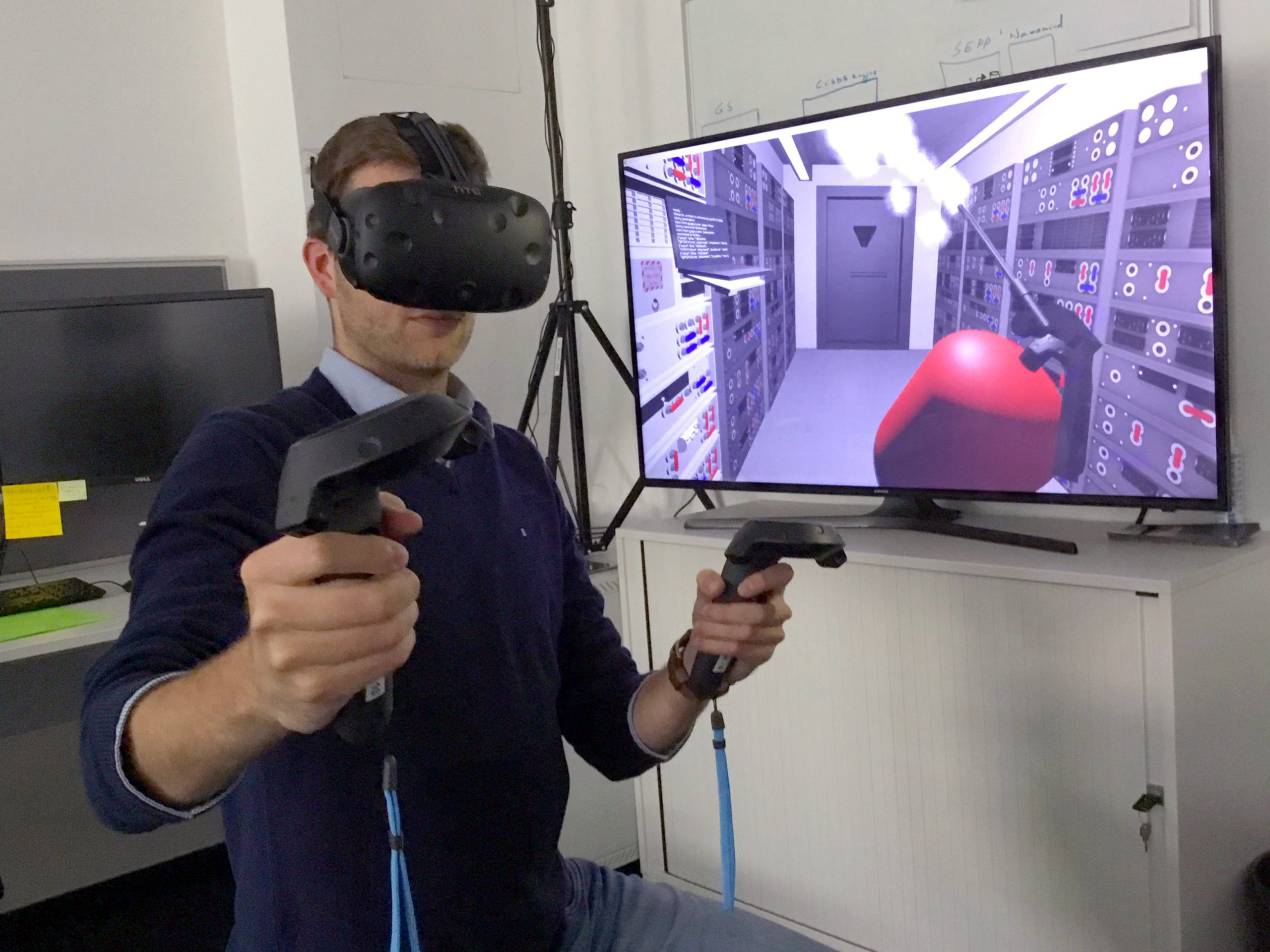
Creating and sustaining a viable workforce requires adequate training and continuing education. But the current pandemic has affected the workforce development programs of colleges, universities, and career centers.
With physical distancing restrictions and the threat of COVID-19, the need for online alternatives to traditional trades courses is more important than ever. But for an online program to be successful, the unique needs of learners and trainees must be met.
In vocational education training, learners must have immersive classes to develop practical knowledge and skills. Virtual Reality (VR) is the perfect solution to facilitate learning with real-world applications.
The core of vocational education is learning by doing. Learners in vocational schools focus more on practicing tangible skills instead of theoretical ones. By incorporating VR tools into their program, vocational schools can gain the following advantages:
Most learners today are digital natives, so it's easier to engage them in instruction using VR technology. Due to its immersive and 3D nature, VR—along with visual, auditory, and kinesthetic learning models—makes the learning process more interactive and enjoyable.
Instead of having students passively reading and memorizing facts, VR instruction facilitates a more well-rounded understanding of the content. It can break down complex procedures into convenient actions. For instance, learners can grasp the techniques of welding by simulating a welding project with VR.
Implementing a personalized approach in traditional learning settings is incredibly challenging. Learners have to learn from the same textbooks and meet the same standards within the same timeline. Meanwhile, VR allows them to understand and develop the skills at their own pace.
It also reduces the variables that educators need to consider in traditional settings, such as access to equipment used in the trade they're learning. For instance, when learners are trained to be automotive mechanics, VR can put them in a realistic environment wherein they can virtually disassemble and reassemble a vehicle and its systems. Access to a real car, repair facility, or equipment is not necessary. Additionally, educators can provide them instant feedback based on their individual performance.
Working with real-world equipment can put learners at risk. VR is an excellent tool to equip them with the essential skills needed for their chosen trade without risking their well-being.
Although the VR working environment is fictional, it still allows the learners to perform actions and learn from their consequences without experiencing the hazards found in traditional simulation methods.
The hands-on training with VR is safe, efficient, and even economical. Additionally, since VR training is easily repeatable with limitless variations, learners will be more easily able to retain knowledge and build muscle memory.
It is crucial for learners to immerse themselves in their future working environment. VR can recreate a workplace setting and provides the learners with a realistic experience. They can experience what it feels like to be working in the field through simulations.
Another good thing about the VR environment is that educators can choose different levels of difficulty depending on the knowledge and competency levels of the learners.
Empathy is a valuable skill in any workplace. Aside from acquiring the skills needed for their chosen profession, learners must also know how to communicate with others and develop good relationships with bosses, co-workers, and customers.
VR can also help learners to improve empathy. Based on a study, VR activates brain networks that increase one's ability to identify with other people.
Workforce development fuels growth. But real-world training can be risky, costly, and time-consuming. On the other hand, VR allows educators to effectively train a better workforce despite barriers such as conducting classes solely online and not having access to real-life workplace settings and equipment.
VEDX provides complete VR solutions for workforce development programs. Contact VEDX today for more information.
Created By Euphoria XR | Privacy Policy | VEDX Code of Conduct | Sitemap | Contact Us